What are truffles? From time to time, especially when travelling in southern Europe, you come across dishes flavoured with truffles. It's delicious, but what exactly is it? What's the difference between different varieties, and why is it considered such a delicacy?
Table of contents
Facts about truffles
It was when we recently wrote the post on "30 things you might not know about Croatia" that we became curious about truffles. We like truffles and sometimes order truffle-flavoured dishes in Italy and Croatia. We are not experts in this field ourselves, but we have done some research and found some interesting facts.
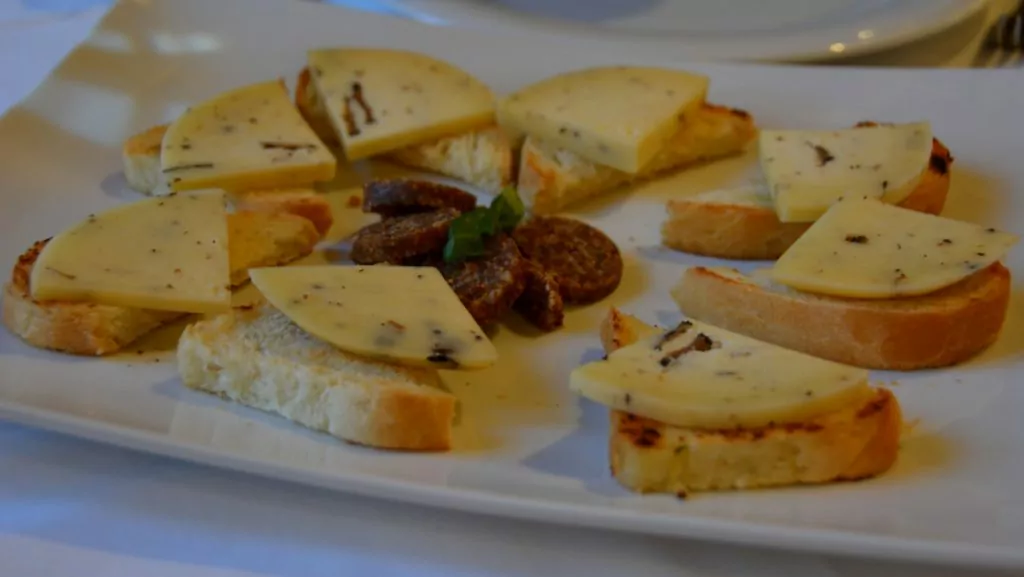
1. Truffles are a type of mushroom
The word truffle is used to describe several different species of fungi that grow with fruiting bodies underground.
2. There are 'real' and 'fake' truffles
The truffles known as "real truffles" belong to the the spore bag sponges, which includes the star-headed truffle and the noble truffles of the genus 'Tuber'. The truffles known as 'false truffles' belong to the genus the basidiomycetes These include root truffles (which are not really truffles at all as their fruiting bodies ripen above ground), hare truffles and stem truffles. The false truffles are often considered inedible or poisonous.
3. There are many types of real truffles.
There are many different varieties of truffles. Here are some of the most commonly discussed varieties:
- White truffle (Tuber magnatum) is an exclusive variety of truffle that grows in Italy, Slovenia, Croatia, Kosovo, Serbia and Albania. The most famous is the white truffle from Alba in Piedmont, Italy.
- Black truffle (Tuber melanosporum) grows mainly in France, Spain and Italy, often under oak trees. The most famous black truffle comes from Périgord in France.
- Summer truffle/Burgundy truffle (Tuber aestivum) is grown in Denmark and Sweden. Depending on when it ripens, it can also be called a black autumn truffle.
- Winter truffle (Tuber brumale) is another variety.
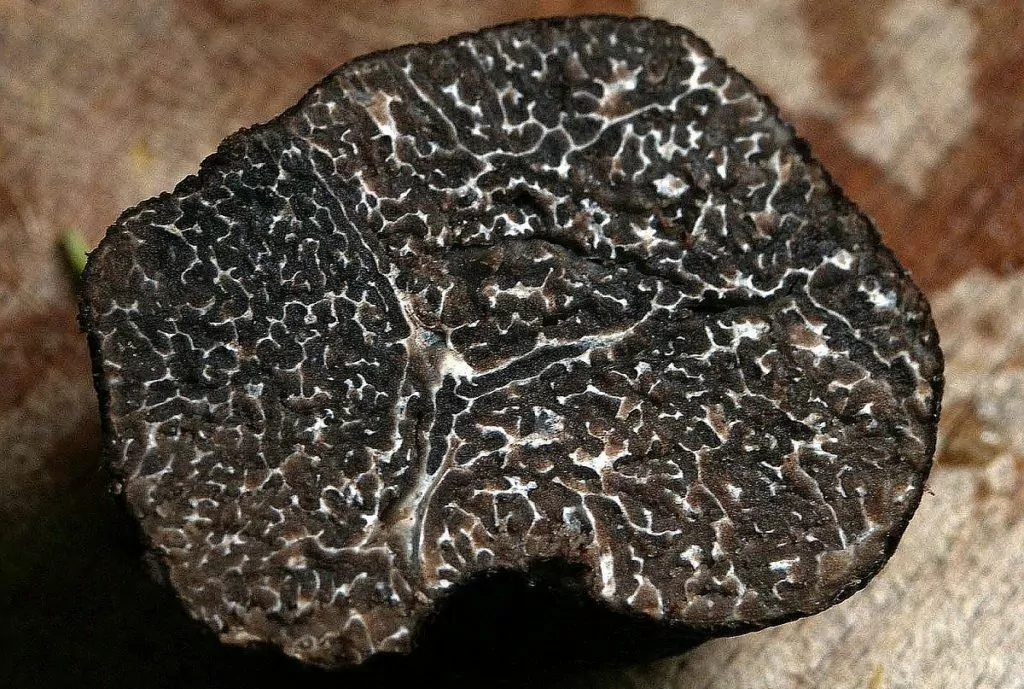
4. Truffles are grown in Sweden
The summer truffle, also known as the Burgundy truffle, is grown in calcareous soils on Öland and Gotland. The Swedish truffle is picked between October and December.
5. White truffles can be very expensive
White truffles are a delicacy and sell for high prices per kilo. On svt you can read that in 2014 a single specimen was sold for half a million crowns. The Italian albatross weighed almost 1.9kg.
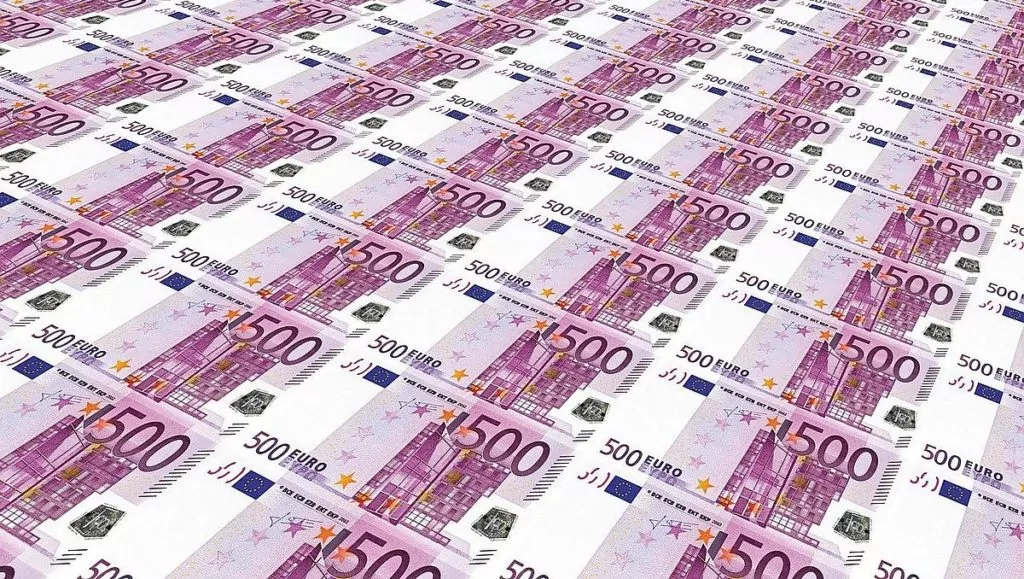
6. There are different perceptions of the starry-headed truffle
Choiromyces venosus is considered a delicacy in Sweden, Germany and Hungary. However, in France and Italy it is considered inappropriate to eat, and in Spain it cannot be marketed as an edible mushroom. According to Wikipedia, the star-headed truffle has been eaten in Sweden for more than 100 years and no cases of poisoning have ever been reported from Northern Europe.
7. Truffles also grow outside Europe
Truffles of the genus Terfezia is used as a food fungus in desert areas of North Africa. Different varieties of the underground fungi are also eaten in North America, in India and by the indigenous people of Australia. The Chinese are not so fond of the delicacy, but export to Europe in large quantities.
8. Truffles spread with the help of animals
When the truffle is ripe, it gives off a special odour that attracts different animals. You could say that nature has a 'plan' for this. The animals eat the truffle and then spread it through their faeces. Wild boars in particular are fond of the mushrooms, but also various rodents, bears and badgers.
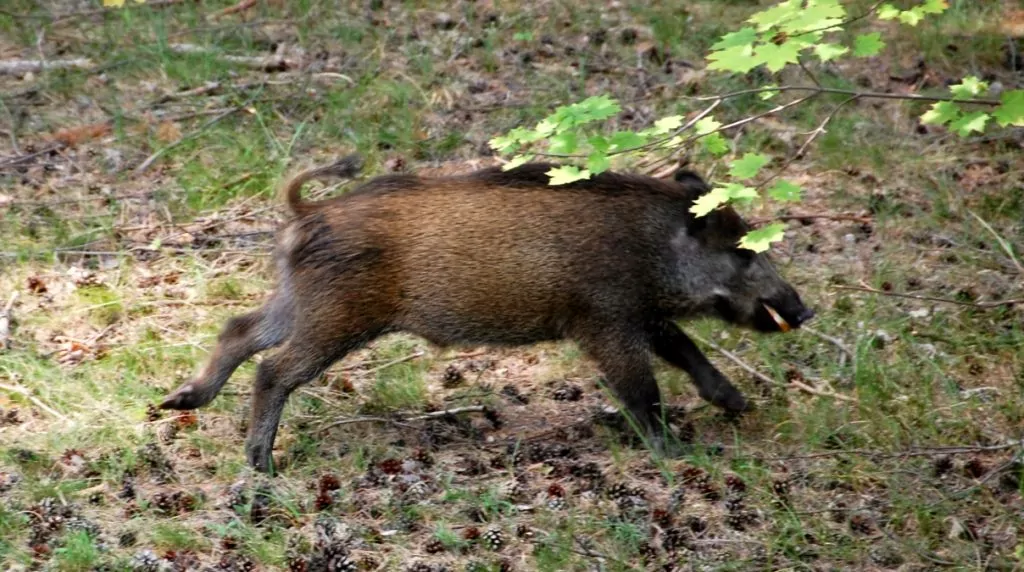
9. Truffle pigs can locate the truffle
As early as the 15th century, France began using pigs to find truffles. The pigs are good at smelling the goodies, but if you don't gag them, they will happily munch the truffles themselves.
10. Truffle dogs can also find the truffle.
Dogs are also good at smelling truffles, but are not as quick to eat all the goodies themselves. This is why dogs are now more commonly used than pigs. Different types of dogs can be trained, but often poodles or lagotto romagno have been used.

11. Truffles are a delicacy
True truffles are used as an edible mushroom and spice. To make the truffle come into its own, it can be used in dishes that are not too spicy. For example, you can grate the delicacy over a risotto or pasta.
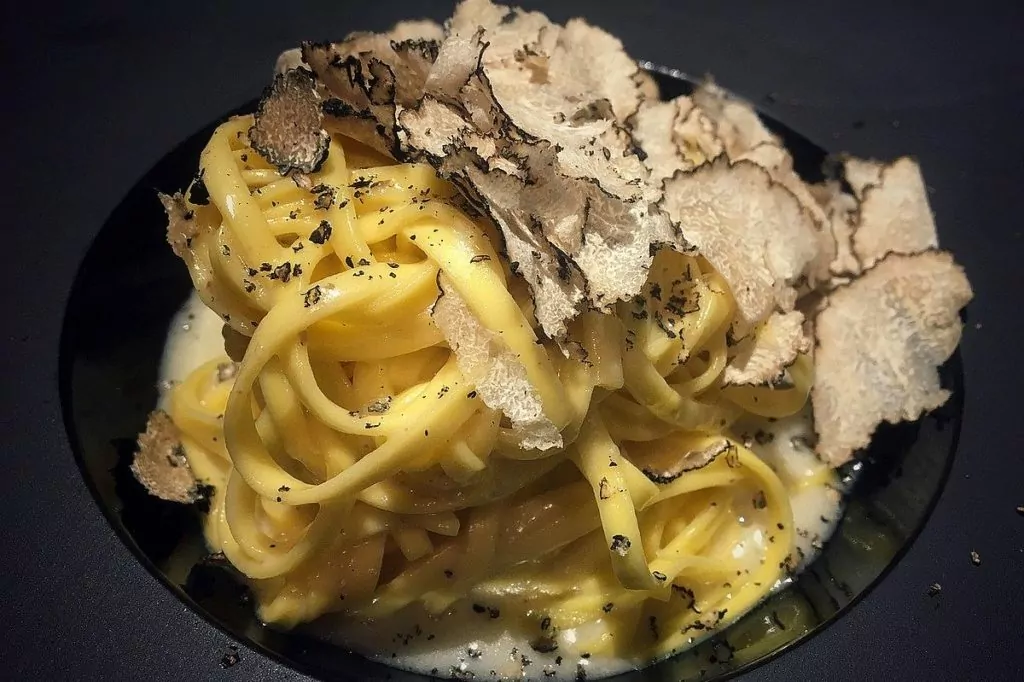
12. Truffle products are often flavoured with aromas.
Truffles are sometimes used as a flavouring for various products, such as truffle oil or truffle butter. However, many of these products are flavoured with synthetic truffle flavourings.
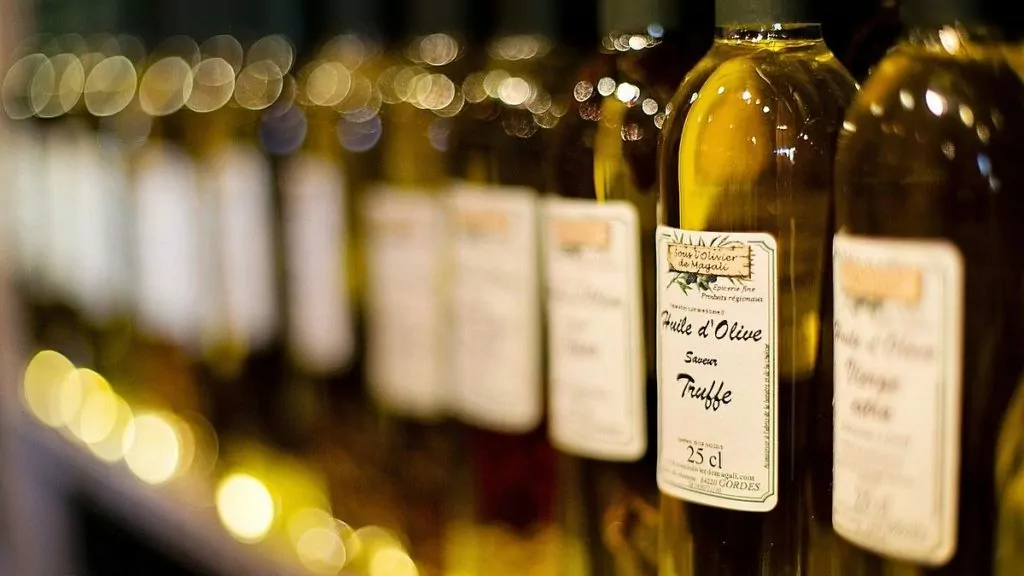
13. Truffles have been used as an aphrodisiac
Throughout history, the underground fungus has been used as an aphrodisiac. For example, deer truffles (Elaphomyces) were sold in Swedish pharmacies until the early 1900s.
14. Truffles have been called 'hurry-up balls'
According to Wikipedia, truffles in the Mälardalen region were known in ancient times as 'hurry-up balls'. According to folklore, the balls would make it easier for cattle to get pregnant.
15. Every year truffle festivals are organised
Every year, truffle festivals are organised around Europe. For example, you can experience the festival La Fiera del Tartufo in Alba, Italy. Closer to home, they organise Gotland truffle festival in November.
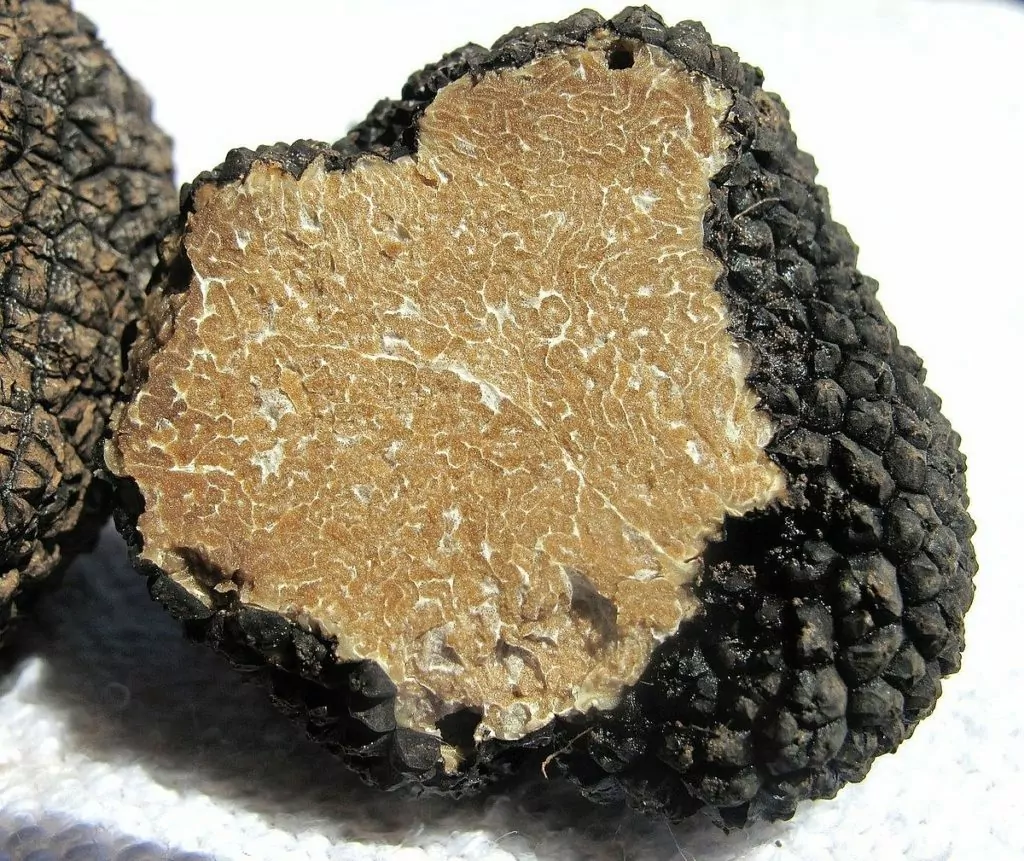
Most of the photos in this post (with the exception of the top two and the photo of the wild boar, which are our own) were borrowed from Pixabay.


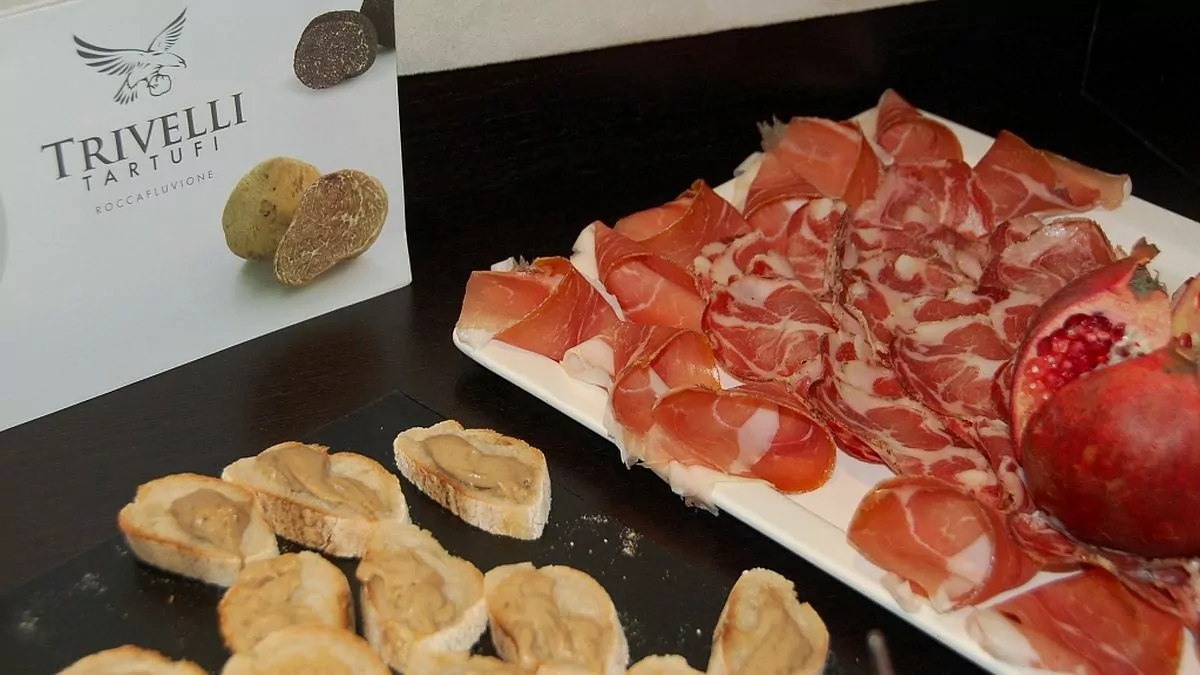






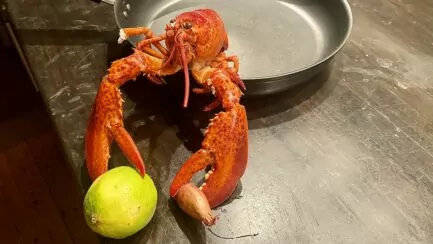
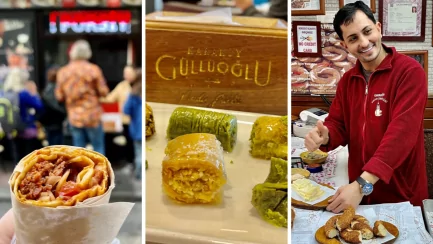
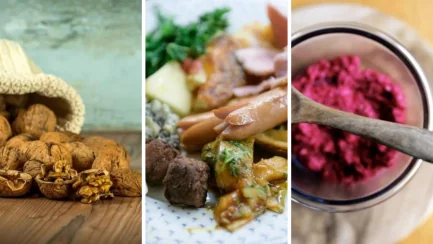
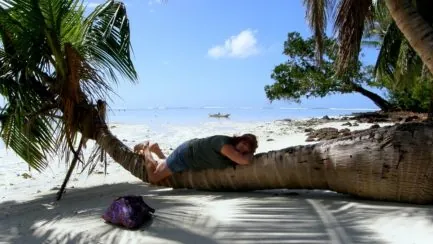
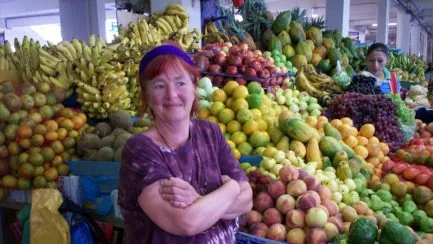



Solan says:
Received a truffle hunt with a professional Lagotto Romagno as a gift. It took 13 seconds for Bruno from Gotland to find the first mushroom! Then the dog had to quickly exchange the truffle for a regular dog treat.
We feasted on homemade dishes with the delicate mushroom throughout the weekend on Gotland.
A memorable gift. ☺
26 March 2020 - 8:04
Helena says:
Oh what a fun and different gift! And what a skilful truffle dog! 😉
26 March 2020 - 17:22
Johnny Friskilä says:
When I was in Croatia, I bought truffles as a gift. Perfect luxury that also takes up little space in your bag! Truffle festivals in all honour, but something that would be really fun was to actually go out on a truffle hunt. Let's see if it can be sometime!
26 March 2020 - 8:52
Helena says:
Fun gift! Yes, truffle hunting sounds a bit exciting actually! 🙂
26 March 2020 - 17:23
bmlarstravellingblog says:
For a couple of years we have had a truffle festival in Tuscany in November on our bucket list! In 1954 a white truffle weighing more than 2.5 kg was found outside San Miniato, a record that still stands? This was given to the USA and President Eisenhower.
Right now it doesn't feel like an attractive destination at all, but both truffles and Italy should be there when corona is hopefully mostly associated with beer again!
Thanks for the interesting info!
26 March 2020 - 9:04
Helena says:
It sounds exciting! But agree, right now no travel destinations feel really attractive. Hopefully that will change in the future! But to only link corona to beer .... hm, is it even possible ...?
26 March 2020 - 17:25
gold sink says:
Love truffles
26 March 2020 - 9:16
Mum c says:
I love truffle salami, which unfortunately I can't find here in Spain. But when we're in Sweden, we'll be munching on it.
Carin
26 March 2020 - 11:02
Helena says:
Truffle salami is delicious 🙂
26 March 2020 - 17:39
Lena - good for the soul says:
Hahaha, balls in a hurry! Love funny words.
Interesting post. Interesting that we consider it a delicacy, while others find it inedible.
Hug Lena
26 March 2020 - 12:57
Helena says:
Yes, it is interesting that what is a delicacy in one country is something that is shunned in another 😉.
26 March 2020 - 17:52
BP says:
The only thing I knew is that pigs are used in France to sniff out truffles. I don't think I have ever eaten "real" truffles, but I have eaten substitutes in various forms.
26 March 2020 - 20:16
Lena in Wales says:
So much interesting information about truffles.
I knew some things, but far from everything.
Take care of yourselves!
28 March 2020 - 11:08
Benny Magnusson says:
§1!What is the shelf life of truffles?
13 October 2023 - 17:48